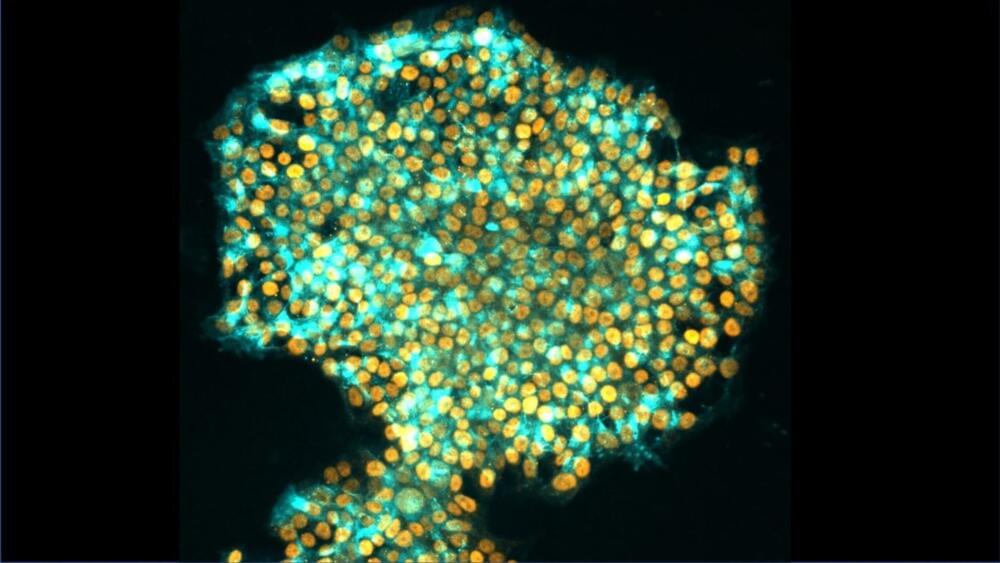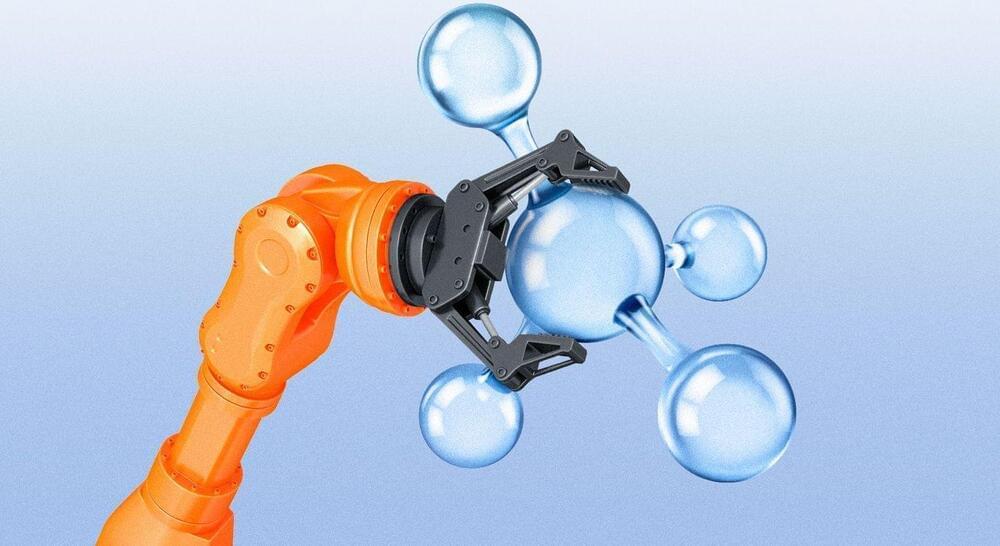Older adults with more severe behavioral symptoms, including agitation, aggression, and disinhibition, are more likely to become divorced than those with less severe symptoms. However, increasing stages of dementia are associated with a low likelihood of divorce. These are some of the conclusions of a new study published August 16 in the open-access journal PLOS ONE by Joan Monin of the Yale School of Public Health and colleagues.
In recent years, divorce has been on the rise among older adults. Moreover, dementia can be difficult for married couples for many reasons, including the introduction of caregiving burden, loss of intimacy, and financial strain.
In a new study, researchers analyzed data from 37 NIA/NIH Alzheimer’s Disease Research Centers (ADRCs) across the US. The final study included 263 married or living-as–married couples who were divorced or separated during their follow up period at an ADRC, as well as 1,238 age-matched controls.








